Do you have a question about the Olympus E-410 - EVOLT Digital Camera SLR and is the answer not in the manual?
Steps for attaching the camera strap, preparing the battery, mounting a lens, and inserting a memory card.
Instructions for powering on the camera, adjusting the viewfinder diopter, and setting the date and time.
Guide to basic shooting procedures: holding the camera, focusing, and operating the shutter.
Explanation of the mode dial and different shooting modes like Auto, Scene, P, A, S, and M.
Methods for adjusting functions using the control screen, direct buttons, and menu options.
Using the LCD screen as a viewfinder, with focus and display information adjustments.
Guidance on achieving sharp focus, manual focus, and troubleshooting focus acquisition issues.
Understanding exposure, using exposure compensation, and adjusting brightness for optimal shots.
Adjusting white balance for accurate colors and tips for shooting landscapes, flowers, and night scenes.
How to select programmed scene modes for automatic settings optimization based on the shooting environment.
Detailed explanation of Program (P), Aperture Priority (A), Shutter Priority (S), and Manual (M) exposure modes.
Using the built-in flash: auto, red-eye reduction, slow sync, manual flash, and external flash options.
How to display single images, zoom in, and navigate through photos using the LCD screen.
Browsing images via index displays and viewing detailed shooting information, including histograms.
Basic in-camera editing of JPEG images, copying, protecting, and deleting photos.
How to register and restore custom camera settings configurations for personalized shooting.
Assigning functions to buttons like AEL/AFL and customizing other camera operations.
Setting file naming conventions and configuring USB modes for data transfer and computer control.
Saving print instructions (number of copies, date/time) with photos for lab or DPOF printing.
Connecting the camera directly to PictBridge printers for photo printing without a computer.
Steps for installing OLYMPUS Master software and connecting the camera to a computer via USB.
Transferring, organizing, and viewing images from the camera using the OLYMPUS Master application.
Solutions for frequent camera problems like power issues, focus errors, and flash malfunctions.
Advice on improving photo quality, handling specific shooting conditions, and managing lighting.
Explanation of the symbols and information displayed in the viewfinder and on the camera's LCD screen.
Information on compatible memory card types (CF, Microdrive, xD) and essential usage and handling precautions.
A comprehensive list of camera menu options, functions, and their corresponding page references.
Information on usable lenses, focusing on the Four Thirds system and mounting compatibility.
Technical specifications for various lenses, including focal length, aperture, and minimum focus distance.
Essential safety warnings covering electrical hazards, product handling, and environmental conditions.
Precautions for safe handling, charging, and storage of batteries and chargers to prevent hazards.
| Sensor Type | Live MOS |
|---|---|
| Effective Megapixels | 10.0 MP |
| ISO Sensitivity | 100 - 1600 |
| Autofocus Points | 3 |
| LCD Screen Size | 2.5 inches |
| LCD Screen Dots | 215, 000 |
| Storage Media | CompactFlash (Type I or II), xD-Picture Card |
| Weight (body only) | 375 g |
| Weight (inc. batteries) | 435 g |
| Dimensions | 129.5 x 91 x 53 mm |
| Max Resolution | 3648 x 2736 |
| Image Ratio | 4:3 |
| Sensor Size | 17.3 x 13.0 mm |
| Lens Mount | Four Thirds |
| Focal Length Multiplier | 2x |
| Max Shutter Speed | 1/4000 sec |
| Min Shutter Speed | 60 sec |
| Continuous Drive | 3 fps |
| USB | USB 2.0 |
| Image Processor | TruePic III |
| Viewfinder | Optical (pentamirror) |
| Metering Modes | Digital ESP, Center-weighted, Spot |
| Exposure Compensation | ±5 EV (1/3 EV steps) |
| Camera Type | SLR |
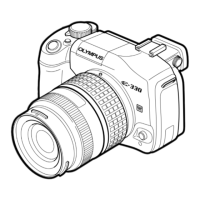
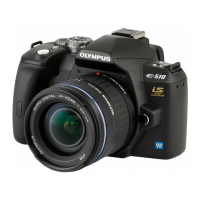


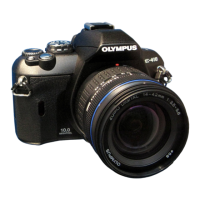
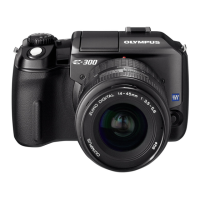

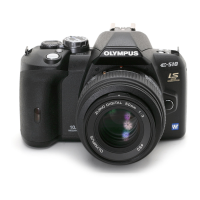




